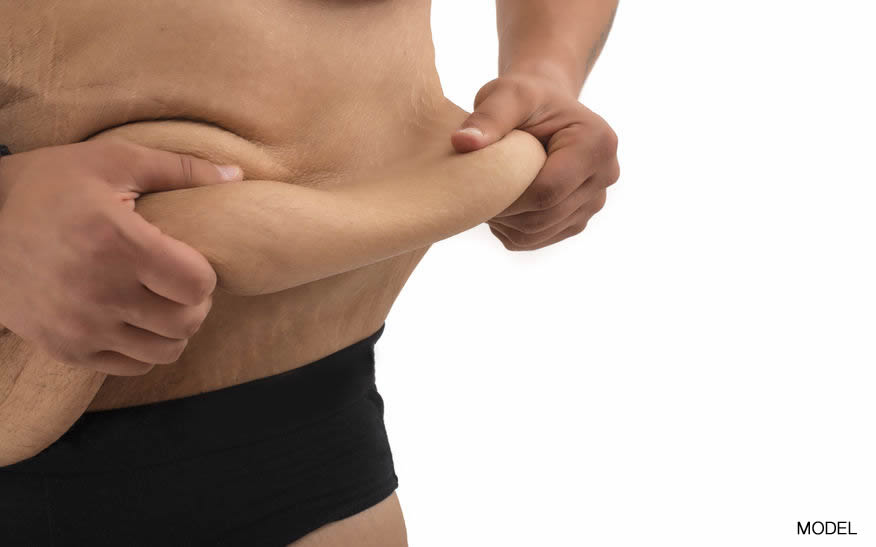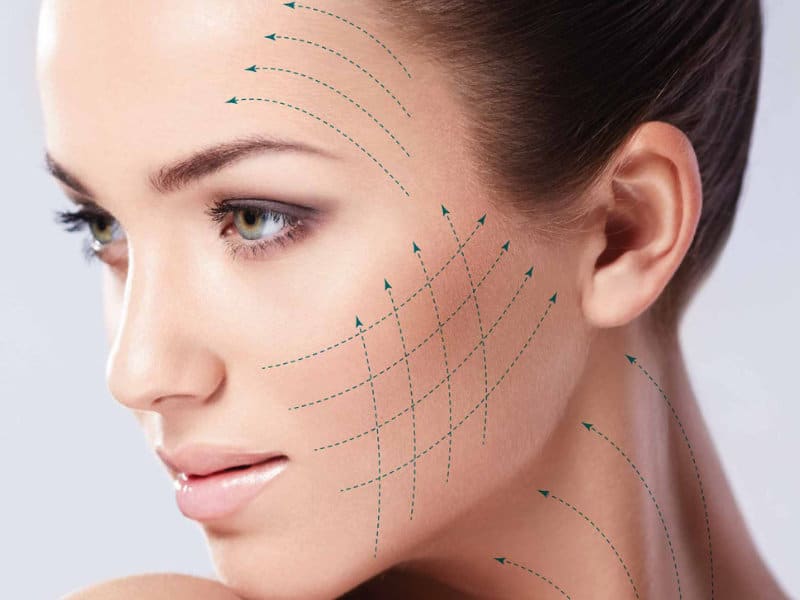Introduction
In today’s digital age, smartphones have become an integral part of our lives. We rely on them for communication, entertainment, and productivity. However, excessive use of smartphones can lead to various health issues, including a condition known as “smartphone pinky.” In this article, we will explore what smartphone pinky is, its causes, symptoms, prevention, and potential treatment options.
Outline:
- What is Smartphone Pinky?
- Definition and explanation of the condition.
- Prevalence and its connection to smartphone usage.
- Causes of Smartphone Pinky
- Ergonomic factors and repetitive movements.
- Impact of prolonged smartphone usage on hand posture.
- Symptoms of Smartphone Pinky
- Physical discomfort and pain in the pinky finger.
- Limited range of motion and stiffness in the finger joint.
- Prevention of Smartphone Pinky
- Ergonomic practices and proper hand positioning.
- Taking regular breaks and stretching exercises.
- Using external aids, such as grip-enhancing phone cases.
- Treatment Options for Smartphone Pinky
- Non-invasive methods like rest, ice, and over-the-counter pain relievers.
- Physical therapy exercises and hand strengthening techniques.
- Surgical interventions in severe cases (introduce Dr. Faisal Ameer here).
- Conclusion
- Frequently Asked Questions
- FAQ 1: Can children be affected by smartphone pinky?
- FAQ 2: Is smartphone pinky a permanent condition?
- FAQ 3: Can I still use my smartphone while recovering from smartphone pinky?
- FAQ 4: Are there any alternative therapies for smartphone pinky?
- FAQ 5: How long does it take to recover from smartphone pinky?
Smartphone Pinky: A Common Condition Affecting Digital Users
In today’s technologically advanced world, smartphones have revolutionized the way we communicate and interact with the digital realm. With a simple touch, we have access to a world of information and connectivity at our fingertips. However, this convenience comes with potential drawbacks, one of which is the development of a condition known as smartphone pinky.
What is Smartphone Pinky?
Smartphone pinky refers to a temporary or persistent condition characterized by discomfort and pain in the pinky finger, which is the smallest finger on our hands. It is primarily caused by the repetitive and prolonged use of smartphones, leading to the misalignment of the finger joint.
Causes of Smartphone Pinky
The main causes of smartphone pinky can be attributed to ergonomic factors and repetitive movements. When using a smartphone, most individuals tend to hold it with one hand while texting, browsing, or scrolling with the other. This often results in the bending and tilting of the pinky finger, which can strain the joint and surrounding muscles.
Furthermore, the continuous use of smartphones for extended periods can impact hand posture. The fingers are flexed in an unnatural position, which can lead to discomfort and strain on the smaller pinky finger.
Symptoms of Smartphone Pinky
Individuals experiencing smartphone pinky may notice various symptoms, including physical discomfort and pain in the pinky finger. The pain can range from mild to severe and may be accompanied by inflammation and tenderness around the joint.
Moreover, individuals may also experience limited range of motion in the pinky finger, making it challenging to perform everyday tasks that require precision or grip strength. Stiffness in the finger joint is another common symptom, affecting the overall dexterity of the hand.
Prevention of Smartphone Pinky
Preventing smartphone pinky involves adopting ergonomic practices and proper hand positioning while using smartphones. Firstly, it is essential to hold the phone with both hands, distributing the weight evenly. Placing the phone on a stable surface or using a phone stand can also reduce strain on the fingers.
Taking regular breaks from smartphone usage and performing stretching exercises for the fingers, hands, and wrists can help alleviate tension and prevent stiffness. Additionally, using grip-enhancing phone cases can provide better support and reduce the strain on the pinky finger.
Treatment Options for Smartphone Pinky
In most cases, smartphone pinky can be managed with non-invasive treatment methods. Resting the affected finger and applying ice packs can help reduce inflammation and alleviate pain. Over-the-counter pain relievers can also be used to manage discomfort.
Physical therapy exercises, such as finger and hand stretching, can help improve flexibility and strengthen the surrounding muscles. These exercises can be performed under the guidance of a physical therapist to ensure proper technique and maximum benefit.
In severe cases where non-invasive methods do not provide sufficient relief, surgical interventions may be considered. It is essential to consult with a qualified hand surgeon, such as Dr. Faisal Ameer, who specializes in hand surgery and can provide expert advice tailored to individual needs.
Expert Advice: Dr. Faisal Ameer
Dr. Faisal Ameer is a highly respected board-certified plastic surgeon specializing in hand surgery. With years of experience and expertise in treating various hand-related conditions, including smartphone pinky, Dr. Ameer offers comprehensive care to patients seeking relief from hand discomfort and pain.
Dr. Ameer’s qualifications and dedication to patient well-being make him a trusted authority on the subject of hand surgery. His personalized approach and commitment to staying abreast of the latest advancements in the field ensure that his patients receive the highest standard of care.
Conclusion
As smartphones continue to dominate our daily lives, it is essential to be aware of the potential health risks associated with their prolonged use. Smartphone pinky, a condition characterized by discomfort and pain in the pinky finger, can significantly impact our digital experience. By adopting ergonomic practices, taking breaks, and seeking appropriate treatment when necessary, we can mitigate the risk of developing or exacerbating smartphone pinky.
Remember to listen to your body, take regular breaks, and consult a healthcare professional if you experience persistent pain or discomfort. Dr. Faisal Ameer, with his expertise in hand surgery, can provide specialized advice and treatment options tailored to your specific needs.
Frequently Asked Questions
FAQ 1: Can children be affected by smartphone pinky?
Yes, children who frequently use smartphones can also develop smartphone pinky. It is important to monitor their smartphone usage and educate them about proper hand positioning and ergonomic practices from a young age.
FAQ 2: Is smartphone pinky a permanent condition?
In most cases, smartphone pinky is a temporary condition that can be managed with proper care, rest, and exercises. However, in severe cases, surgical intervention may be required to correct the misalignment and alleviate symptoms.
FAQ 3: Can I still use my smartphone while recovering from smartphone pinky?
During the recovery period, it is advisable to limit smartphone usage and give your hand sufficient rest. However, if smartphone usage is necessary, using ergonomic aids like grip-enhancing phone cases and taking frequent breaks can help reduce strain on the pinky finger.
FAQ 4: Are there any alternative therapies for smartphone pinky?
While alternative therapies like acupuncture and massage may provide temporary relief, they are not proven to treat the underlying cause of smartphone pinky. It is recommended to consult with a hand specialist for appropriate diagnosis and treatment.
FAQ 5: How long does it take to recover from smartphone pinky?
The recovery period for smartphone pinky varies depending on the severity of the condition and the individual’s adherence to treatment recommendations. With proper care, rest, and exercises, most individuals can experience significant improvement within a few weeks to a couple of months.






